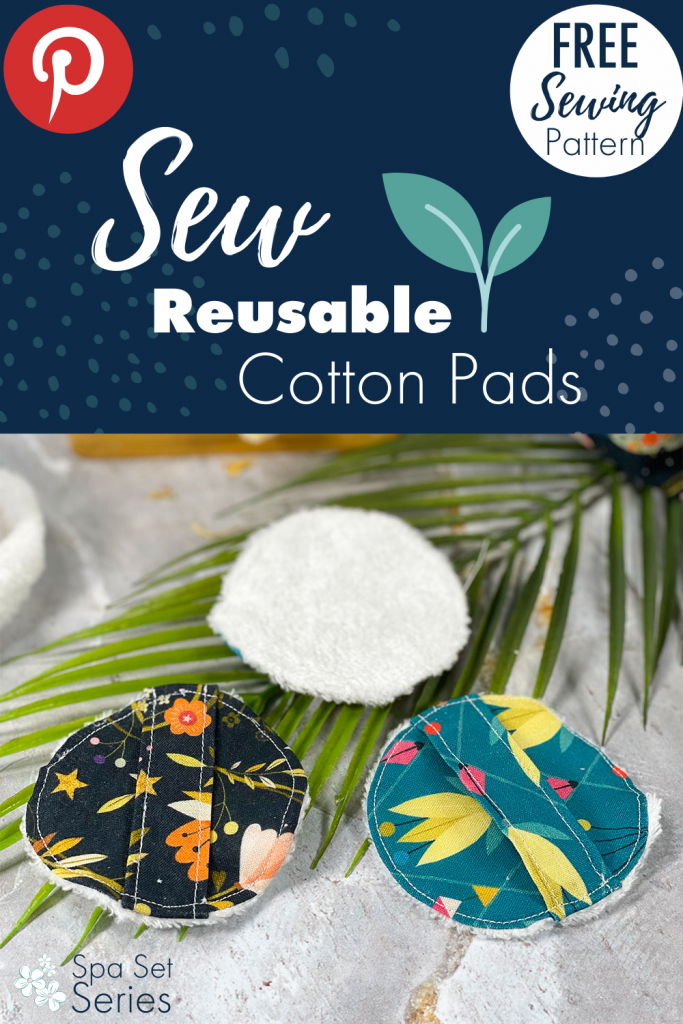
How to repair a trouser pocket: Care & Repair Series #3
Welcome to post number 3 in our Care & Repair Series! Hand up if you love a pocket?! 🙋♀️ Pockets are a complete joy to dressmakers everywhere… but what if your pocket wears out? In this post we’re going to walk you through how to repair a pocket. This method can be used for trousers or skirts.
You can also use this method to repair a pocket in a shop bought garment if the pockets are too small for your needs. The joys of sewing, eh?!
Read on to learn how to repair a pocket… it’s easier than you think. We’ve even got a no sew option for you…

Pockets are great for keeping all kinds of useful stuff… from your phone, to loose change, even the occasional biscuit! Because pockets are so well used, they come under huge amounts of wear & tear.
Pocket bags are usually made from a thinner fabric than the outer trousers or skirt and so holes can be commonplace. And instead of outing a garment and sending it to landfill just because your keys are falling through a pocket hole you can learn to replace the pockets instead. It’s a win for the planet!
Soap box alert! When it comes to pockets in girls’ and women’s clothing. As a general rule of thumb, female fashions have sported pockets that are for purely fashion reasons rather than practical ones.
This certainly annoys my daughter who feels the need to fill her pockets with stones and twigs at every given opportunity. So here I am repairing a hole in her jeans pocket but also extending the pocket bags for her.
In this post we’re going to walk you though
- How to replace a pocket bag using sewing
- How to replace a pocket without sewing
- Create larger pocket bags for your garments

Tutorial: How To Replace A Trouser Pocket
Skill level required: Beginner Friendly
Some important notes about replacement pocket products
- Replacement pockets come as whole pockets. You can cut them down to the size you require or use them to replace the whole pocket if needed.
- We are concentrating on trouser pockets here but the same method, and replacement pockets, can be used to repair pockets in trousers, skirts, jeans, dresses, jackets and more. Just check the pocket sizes against your garment as each one differs.
- In this post we are using two different products, a sew-in version and an iron-on version. It is up to you to choose which is the most suitable for your needs.
- The sew in pockets are trickier to use and require some sewing knowledge but they will last a very long time.
- The iron on pockets are far simpler to use and don’t require any sewing at all but the repair may not last as long as sewn in pockets.
- These pockets are are suitable to replace cotton, nylon, or polyester pockets.
You Will Need:
- Your chosen replacement pocket
- Small embroidery scissors
- Tape Measure or ruler
- Pins
- Stitch ripper
- Washable fabric pen
- Basic Sewing Kit
- Iron
How to replace a pocket : The Sew In Method

- Identify where the hole is in your pocket.
- Draw a line in a washable fabric pen just above the damage.
- If the pocket flap is stitched into the side seam, cut along this edge 1cm.
- Trim the damaged part of the pocket away along the line you have drawn.

Trim the damaged part of the pocket away along the line you have drawn.

- To mark the new pocket:
- Lay the replacement pocket underneath the original pocket, lining up the edges.
- Make sure the folded edge is lined up with the folded edge of the original pocket and the seamed edge with the side seam.
- Allow for as much additional pocket bag as you wish to add.
- Pin the two pockets together
- Using the fabric marker, trace the edge of the original pocket onto the replacement pocket.


- Turn the raw edges outwards and line them up so that the new pocket and original line up.

- Stitch along the circumference to join the two pockets together using a 1cm seam allowance.
- Finish the raw edges in your preferred way, either pinking, zigzag stitch, overcasting stitch, or overlocker, to prevent fraying.
- Press the seam



- Top stitch the side edge back to the side seam of the trousers to finish your mending project.
If you would like to repair your pocket by hand sewing then check out Hemline’s video here
How to replace a pocket : The Iron On Method
- Start in the same way as you did with the sew in pocket.
- Mark a line above where the damage is and cut along this line.
- If your pocket is sewn into the side seam, cut along this edge approx. 1.5cm.


- Insert the bottom edge of the pocket into the replacement pocket, making sure the adhesive tape covers the pocket fabric.
- Pin it in place.
- Using a hot iron and a damp cloth press the adhesive tape pressing firmly

- Repeat the pressing on both sides of the pocket making sure to heat all of the tape.
- Leave the pocket to cool for 10-20 minutes before moving it, allowing the adhesive to bond properly.


Your pocket repair is complete!
You can also check out Hemline’s video on how to use this product here
We hope you found that helpful! Do let us know how you get on if you repair a pocket
Follow Us On Instagram































































